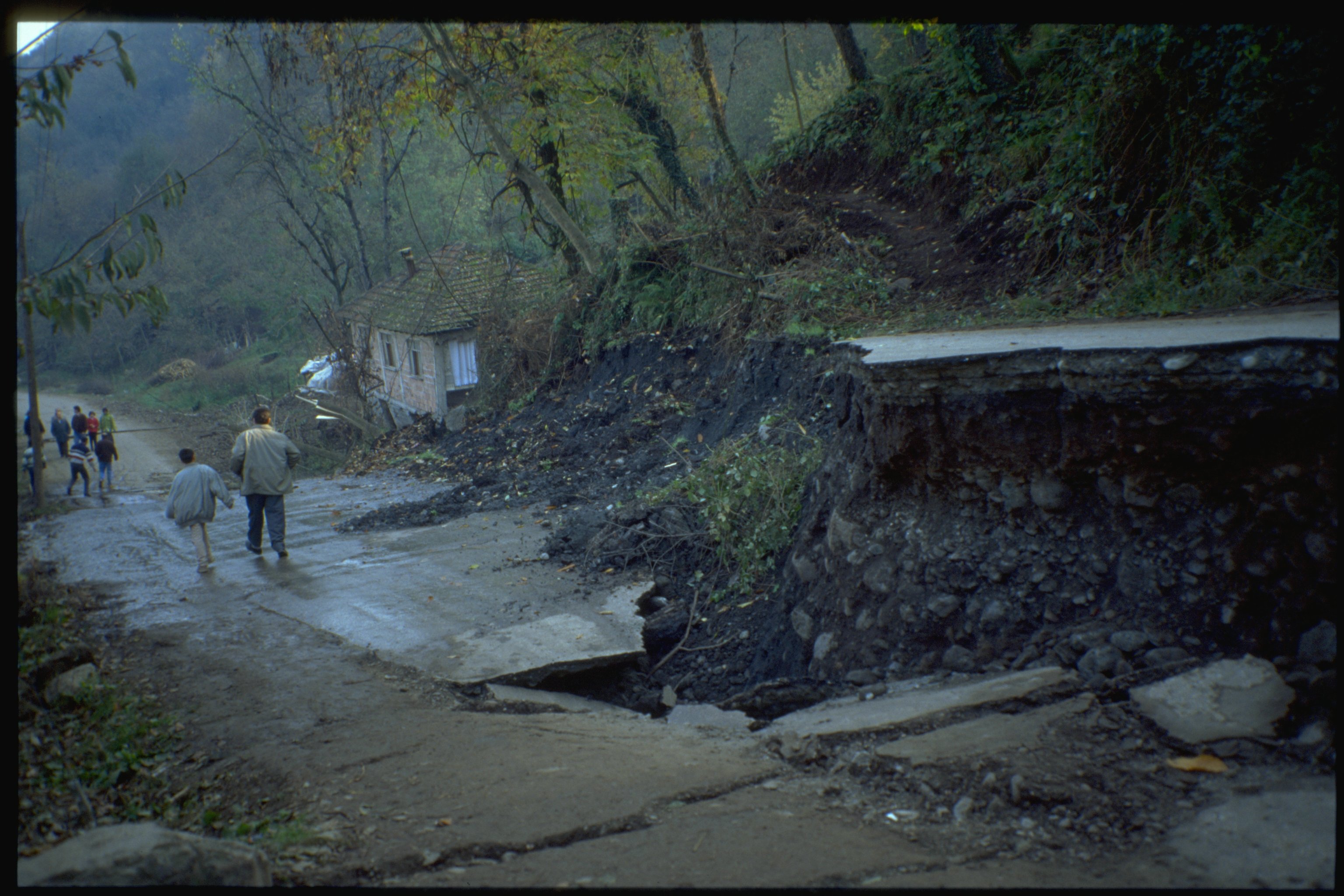All Categories
Featured
Table of Contents
Geophysical Survey Next Step In Carbon Storage Study in Victoria Park Aus 2021

The main model for the radial structure of the interior of the Earth is the initial reference Earth design (PREM). Some parts of this design have actually been upgraded by current findings in mineral physics (see post-perovskite) and supplemented by seismic tomography. The mantle is primarily made up of silicates, and the boundaries between layers of the mantle are constant with phase transitions.

This makes plate tectonics possible. Schematic of Earth's magnetosphere. The solar wind Flows from left to. If a planet's magnetic field is strong enough, its interaction with the solar wind forms a magnetosphere. Early space probes mapped out the gross dimensions of the Earth's electromagnetic field, which extends about 10 Earth radii towards the Sun.
Inside the magnetosphere, there are reasonably thick regions of solar wind particles called the Van Allen radiation belts. Geophysical measurements are normally at a particular time and location.
Geophysical Survey Techniques And Methods in Scarborough Australia 2023
A three-dimensional position is computed utilizing messages from 4 or more visible satellites and referred to the 1980 Geodetic Recommendation System. An option, optical astronomy, integrates astronomical coordinates and the regional gravity vector to get geodetic coordinates. This method only provides the position in 2 collaborates and is harder to utilize than GPS.
Gravity measurements became part of geodesy because they were required to related measurements at the surface area of the Earth to the reference coordinate system.
Water level can also be determined by satellites using radar altimetry, adding to a more precise geoid. In 2002, NASA released the Gravity Recovery and Climate Experiment (GRACE), where 2 twin satellites map variations in Earth's gravity field by making measurements of the distance between the two satellites using GPS and a microwave varying system. Satellites in space have actually made it possible to collect information from not just the visible light area, however in other areas of the electromagnetic spectrum. The planets can be identified by their force fields: gravity and their electromagnetic fields, which are studied through geophysics and area physics. Determining the changes in velocity experienced by spacecraft as they orbit has permitted fine information of the gravity fields of the worlds to be mapped.
Geophysics, Engineering Geophysics And Applied ... in Maida Vale Australia 2020

Given that geophysics is worried with the shape of the Earth, and by extension the mapping of features around and in the world, geophysical measurements include high precision GPS measurements. These measurements are processed to increase their accuracy through differential GPS processing. Once the geophysical measurements have been processed and inverted, the translated results are outlined utilizing GIS.
Numerous geophysics companies have developed internal geophysics programs that pre-date Arc, GIS and Geo, Soft in order to meet the visualization requirements of a geophysical dataset. Expedition geophysics is applied geophysics that often utilizes remote sensing platforms such as; satellites, aircraft, ships, boats, rovers, drones, borehole sensing equipment, and seismic receivers.
For example, aeromagnetic data (airplane collected magnetic data) gathered using traditional fixed-wing airplane platforms need to be corrected for electromagnetic eddy currents that are created as the aircraft moves through Earth's magnetic field. There are also corrections related to modifications in measured potential field intensity as the Earth rotates, as the Earth orbits the Sun, and as the moon orbits the Earth.
Geophysical Survey - Plaza Of The Columns Complex in Bedford Western Australia 2023
Signal processing includes the correction of time-series data for unwanted noise or errors introduced by the measurement platform, such as aircraft vibrations in gravity information. It likewise includes the reduction of sources of noise, such as diurnal corrections in magnetic information. In seismic data, electromagnetic data, and gravity information, processing continues after mistake corrections to include computational geophysics which result in the final interpretation of the geophysical information into a geological interpretation of the geophysical measurements Geophysics became a different discipline just in the 19th century, from the intersection of physical geography, geology, astronomy, meteorology, and physics.
The magnetic compass existed in China back as far as the fourth century BC. It was used as much for feng shui when it comes to navigation on land. It was not until great steel needles might be forged that compasses were used for navigation at sea; prior to that, they could not keep their magnetism enough time to be helpful.
By looking at which of 8 toads had the ball, one could identify the instructions of the earthquake.'s (1600 ), a report of a series of meticulous experiments in magnetism.
Geoscience, Geophysics Option, in Neerabup Oz 2023
Dietmar; Sdrolias, Maria; Gaina, Carmen; Roest, Walter R. (April 2008). "Age, spreading out rates, and spreading asymmetry of the world's ocean crust". Geochemistry, Geophysics, Geosystems. 9 (4 ): Q04006. Bibcode:2008 GGG ... 9. 4006M. doi:10. 1029/2007GC001743. S2CID 15960331. "Earth's Inconstant Electromagnetic field". science@nasa. National Aeronautics and Area Administration. 29 December 2003. Obtained 13 November 2018.
Runcorn, S.K, (editor-in-chief), 1967, International dictionary of geophysics:. Pergamon, Oxford, 2 volumes, 1,728 pp., 730 fig Geophysics, 1970, Encyclopaedia Britannica, Vol. Intro to seismology (2nd ed.).
Latest Posts
Geophysical Survey - Salisbury Archaeology in South Guildford Aus 2021
Geophysical Survey in Yangebup Aus 2022
Working As A Geophysicist And Oceanographer In Canada in Singleton Aus 2022